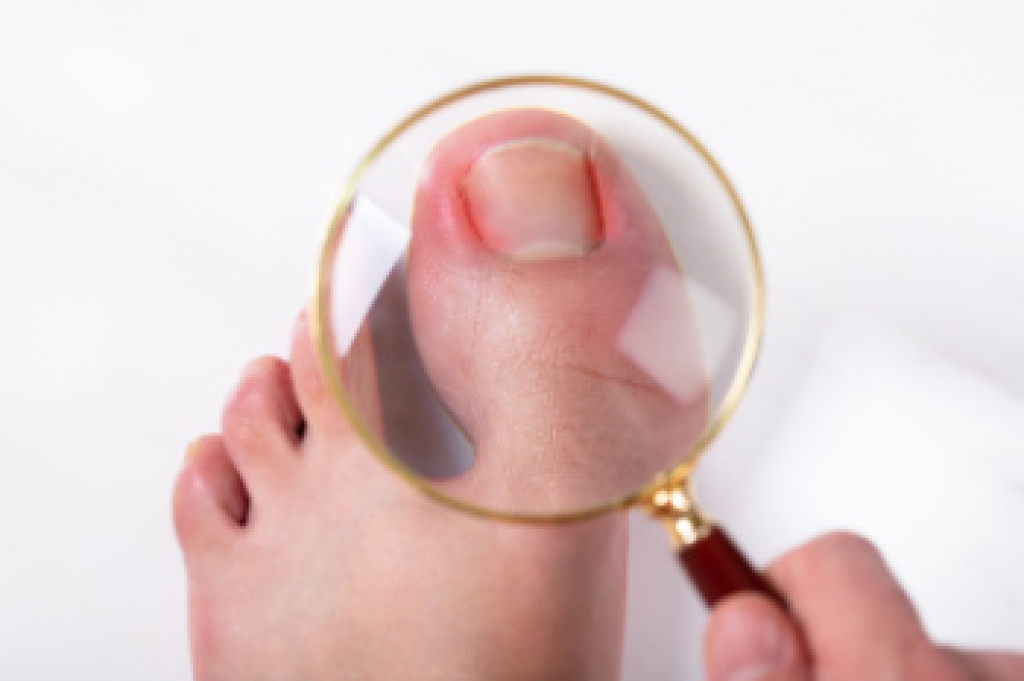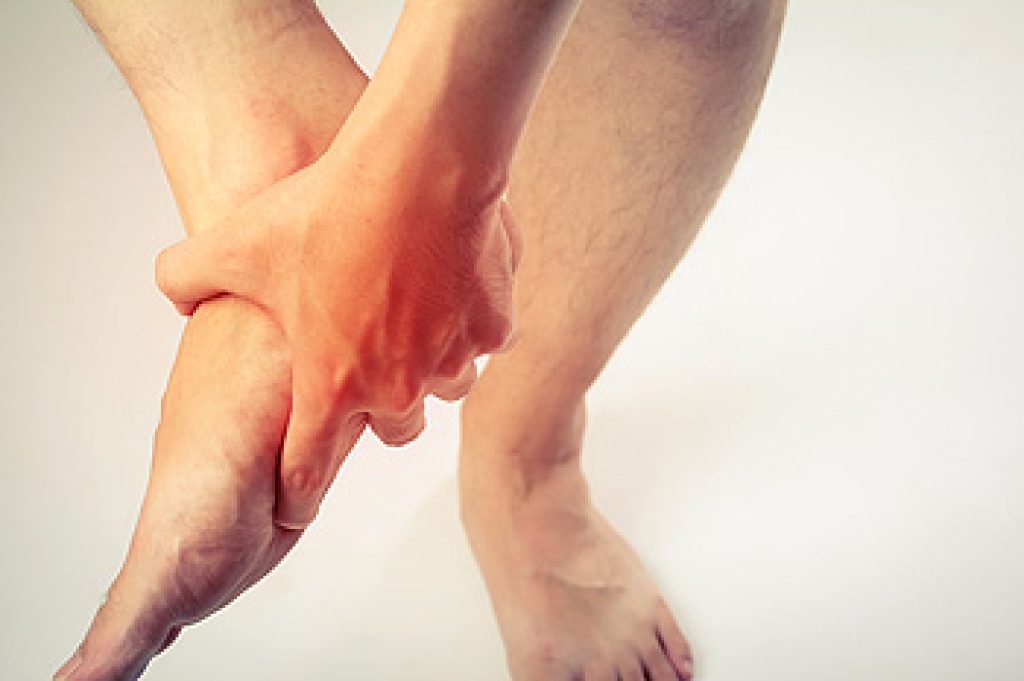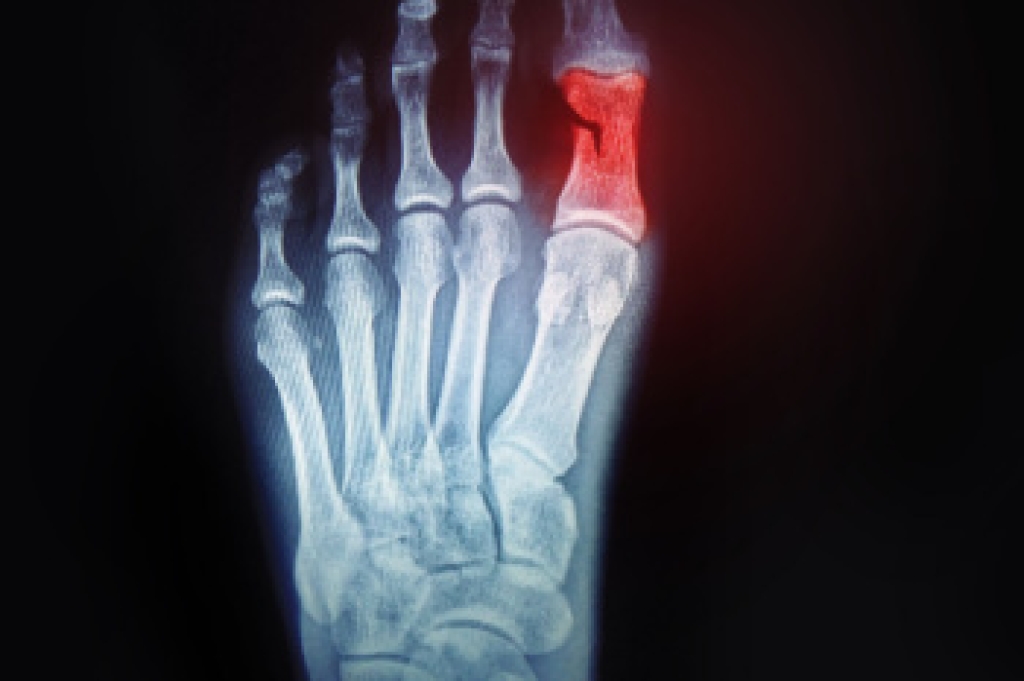
Preventing falls at work is essential for safety and productivity. Workers should stay alert to hazards in their work areas, paying attention to conditions that may create risks. Parapet walls, ladders, and warning lines are in place to provide physical protection and help guide safe movement, but they are most effective when you actively use them as intended. Ask for training so you have the knowledge to recognize potential dangers, move through the workspace safely, and handle equipment the right way. By staying aware and applying training, you can protect yourself while completing tasks efficiently. Despite these measures, accidents can still happen, leading to foot and ankle injuries such as sprains, fractures, or tendon damage. These injuries can cause lasting pain and limit mobility, if not treated properly. A podiatrist can diagnose and provide effective care to restore function and prevent long-term complications. If you have sustained a foot or ankle injury from falling at work, it is suggested that you consult a podiatrist who can treat various foot conditions, and guide you on additional fall prevention tips.
Preventing falls among the elderly is very important. If you are older and have fallen or fear that you are prone to falling, consult with one of our podiatrists from APEX Foot & Ankle Center. Our doctors will assess your condition and provide you with quality advice and care.
Every 11 seconds, an elderly American is being treated in an emergency room for a fall related injury. Falls are the leading cause of head and hip injuries for those 65 and older. Due to decreases in strength, balance, senses, and lack of awareness, elderly persons are very susceptible to falling. Thankfully, there are a number of things older persons can do to prevent falls.
How to Prevent Falls
Some effective methods that older persons can do to prevent falls include:
- Enrolling in strength and balance exercise program to increase balance and strength
- Periodically having your sight and hearing checked
- Discuss any medications you have with a doctor to see if it increases the risk of falling
- Clearing the house of falling hazards and installing devices like grab bars and railings
- Utilizing a walker or cane
- Wearing shoes that provide good support and cushioning
- Talking to family members about falling and increasing awareness
Falling can be a traumatic and embarrassing experience for elderly persons; this can make them less willing to leave the house, and less willing to talk to someone about their fears of falling. Doing such things, however, will increase the likelihood of tripping or losing one’s balance. Knowing the causes of falling and how to prevent them is the best way to mitigate the risk of serious injury.
If you have any questions, please feel free to contact our offices located in Fort Myers, Shellpoint, and Naples, FL . We offer the newest diagnostic and treatment technologies for all your foot care needs.




